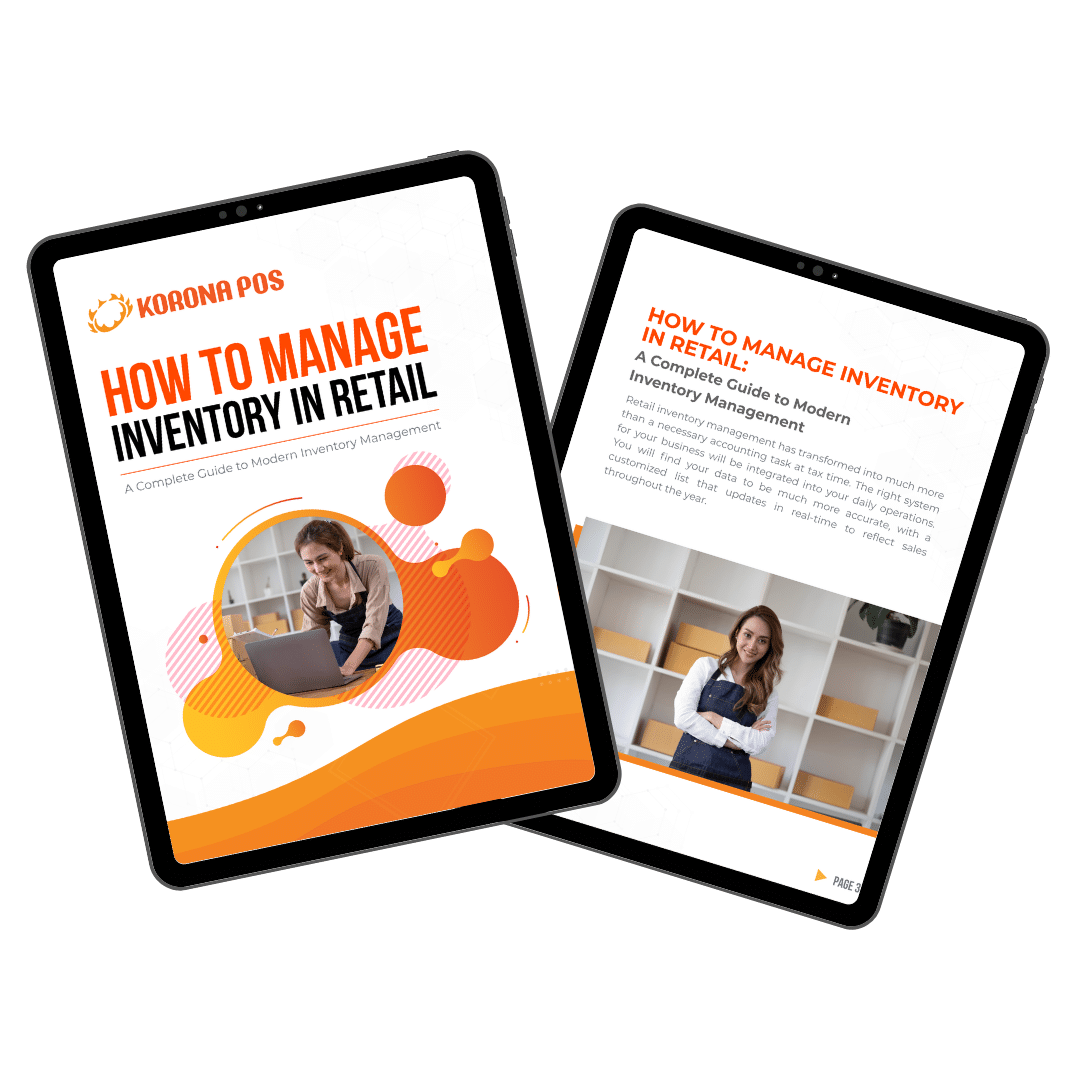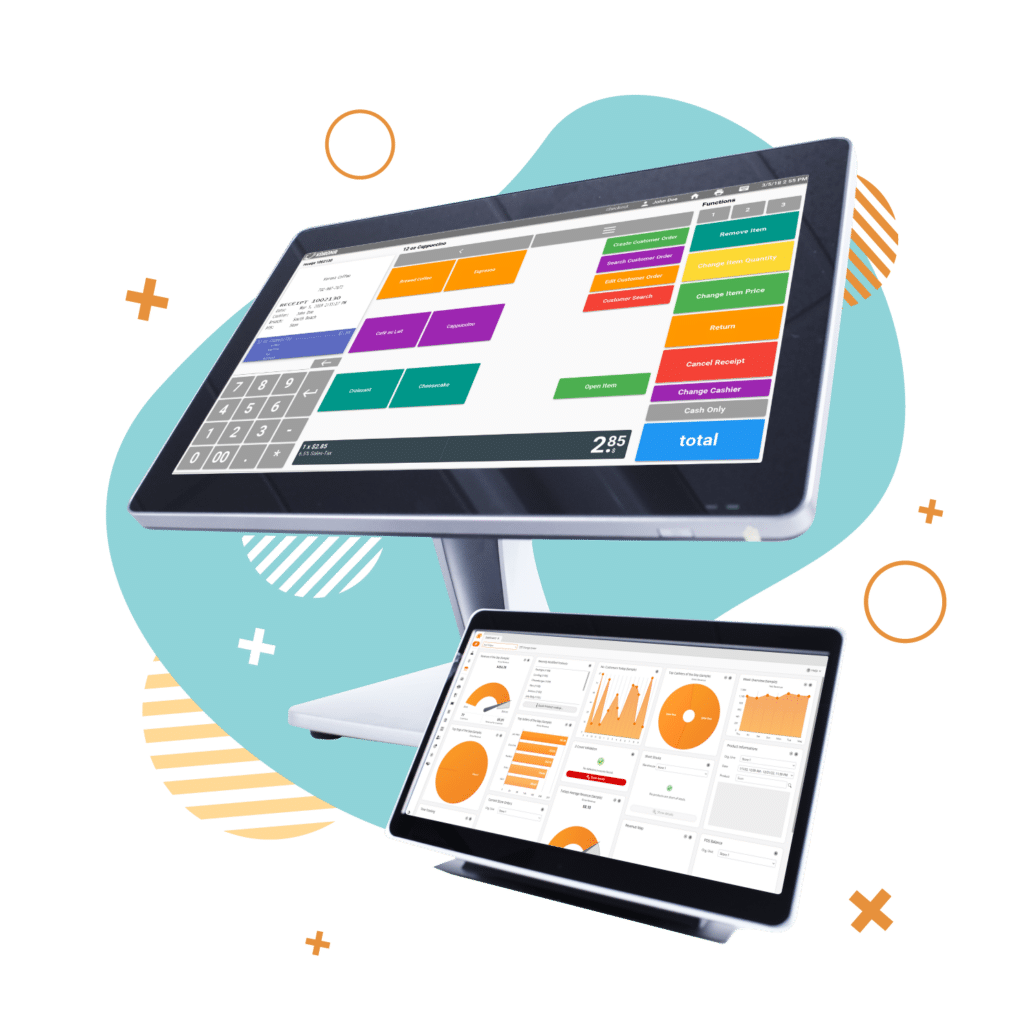Retailers constantly face challenges keeping prices accurate and updated in fast-paced environments. That’s where electronic shelf labels (ESLs) come in—offering a smarter way to manage pricing in physical stores.
In this article, we’ll explain exactly how electronic shelf labels work, explore their benefits, and show you how to use them effectively—including for dynamic pricing. Let’s dive in.
💡 Key Takeaways:
- Electronic shelf labels (ESLs) are digital price tags that update pricing and product info in real time via a central system.
- They boost retail efficiency, reduce human error, eliminate paper waste, and lessen the amount of time spent on manual updates.
- ESLs improve the customer experience by showing more detailed product data and preventing price mismatch frustrations.
- They help retailers prevent showrooming and enable smart inventory and pricing strategies using customer tracking data.
What Are Electronic Shelf Labels (ESLs)?
Electronic shelf labels, or ESLs, are digital display systems—typically using e-ink or LCD screens—attached to retail shelving. These labels sync with the store’s POS system to display real-time pricing, promotions, and product information.
ESLs were first developed in the 1990s but gained traction with improvements in wireless technology and e-paper. Today, they are widely used across grocery, electronics, and general retail to automate shelf-edge pricing and reduce human error.
🔖 Types of ESLs
- E-ink ESLs – energy-efficient with high readability
- LCD ESLs – vibrant displays, suitable for dynamic information
- NFC-enabled ESLs – allow for mobile phone interactions
- Bluetooth ESLs – for real-time syncing and updates
- Wi-Fi ESLs – best for large-scale operations needing fast updates
9 Benefits of ESLs
Why use ESLs in retail? The benefits are abundant. In fact, there are more advantages to using ESLs than most retailers might realize. Let’s explore the top 9 benefits of using ESLs in retail.
1. Show More Information
ESLs aren’t limited to just price. Retailers can display product descriptions, ingredients, nutrition information, price per weight, stock remaining, allergen info, sustainability notes, and more.
This makes the shelf-edge a helpful resource for in-store customers and enhances transparency, especially for health-conscious or eco-minded shoppers.
2. ESLs Track Customer Movements and Patterns
Movement sensors can easily be installed in each ESL at a relatively low cost. These sensors track all customer movement and traffic around your store, providing a virtual heat map of your retail space.
With analytics tools, retailers can use this data to optimize store layout, improve product placement, and personalize promotions to get the slow-moving products moving.
3. Save Paper and Plastic
Say goodbye to printed price tags. ESLs drastically reduce the need for paper and plastic signage, helping retailers cut down on waste.
Embracing electronic labels means that you only have to buy labels once. Nothing is thrown out, and prices are always up to date, which is especially relevant for retailers that sell hundreds or thousands of products.
4. More Accurate and Save Employees Time
ESLs eliminate pricing errors by automating label updates and syncing with your POS system. Staff will no longer need to manually change shelf tags, which allows you to schedule your employees more efficiently, and frees up time for customer service or inventory management.
5. Electronic Price Labels Help Prevent Showrooming
There’s a particular type of customer who visits stores to compare prices before buying online, also known as showrooming. ESLs help counter this by ensuring prices stay competitive and up to date, sometimes even reflecting web-based dynamic pricing.

6. Retailers Stay Greener and Reduce Inventory Loss
If you notice that a certain item isn’t moving, use your ESLs to adjust the prices and see if anything changes. Proactive adjustments to your prices can help you move through your product more quickly, preventing deadstock.
This is even more important for retailers selling perishable stock. In the US, 40% of food produced is wasted, so employing smarter pricing strategies may reduce losses, saving money for both retailers and consumers while helping to minimize waste.
7. Consistency Across Retail Channels
ESLs can mirror online prices and promotions to ensure consistency across digital and physical touchpoints. This is essential for multi-channel retailers who want to avoid customer confusion and build trust across platforms.
By syncing shelves with the web store and POS, businesses create a harmonious shopping experience that drives loyalty.
8. Speed Up Promotions and Flash Sales
With ESLs, stores can roll out instant flash sales or promo changes without the need to print and place new signs. This agility allows retailers to react to market trends, competitor pricing, or inventory needs on the fly—maximizing sales while minimizing waste.
Retailers can also schedule promotions in advance to align with marketing campaigns.
9. Multilingual and Location-Based Updates
For stores in areas where people speak different languages, ESLs make it easy to quickly change information in multiple languages.
You can also change prices or details to fit local needs, rules, or special events, making it easier for everyone to understand without the hassle of translating by hand.
How to Use Electronic Shelf Labels for Offline Price Changes

You don’t need a Wi-Fi connection to change the price on your ESL. Retailers can manually adjust prices using mobile apps or handheld devices that connect to the ESL system via Bluetooth or NFC.
These tools allow employees to walk through aisles, scan items, and make quick adjustments—even without Wi-Fi access.
📲 Step #1: Scan the ESL Tag
Use a mobile device with NFC/Bluetooth to scan the ESL. This pulls up current product details and pricing on your screen.
🧾 Step #2: Input the New Price
Update the price directly in the linked ESL app or POS system. The change is saved and queued for sync with the label.
✅ Step #3: Confirm and Push Update
Once the new price is confirmed, push the update. The ESL screen will refresh with the new pricing, and logs will reflect the change for inventory tracking.
Simple Steps to Set Up Dynamic Pricing in Physical Stores with ESLs
Dynamic pricing is a strategy retailers use to base product or service prices on evolving market trends, such as supply and demand, competitor pricing, or inventory levels. Here’s how to set it up using ESLs.
Step #1: Sync ESLs with Inventory System
Connect your ESL platform with your retail inventory management software to ensure that your pricing reflects your shop’s real-time stock levels.
Step #2: Integrate Dynamic Pricing Rules
Define rules for when and how prices should update, like markdowns for excess stock or surge pricing during peak hours.
💡 Pro Tip:
Use smart algorithms to stay competitive!
Step #3: Monitor and Adjust Based on Analytics
Review key performance indicators (KPIs) via your POS system to see which pricing strategies work best. Use these insights to refine your dynamic pricing rules and boost profits without sacrificing customer satisfaction.
Inventory management a headache?
KORONA POS makes stock control easy. Automate tasks, generate custom reports, and learn how you can start improving your business.
There’s Still Room For Improvement
While electronic shelf labels (ESLs) offer exciting benefits, the technology is still evolving and comes with some growing pains that retailers should consider before implementation.
Common challenges include:
- Battery maintenance: ESLs require batter replacements over time, adding a layer of upkeep.
- Energy consumption: Although they cut labor and printing costs, ESLs consume electricity, which can offset some savings.
- Limited display size: Small screens restrict the amount of product information that can be shown.
- Integration gaps: ESL systems may not yet integrate with all retail operations and software platforms.
- NFC limitations: The near field communication (NFC) technology ESLs rely on has a short range, which can limit functionality.
- High upfront costs: The upfront cost of ESLs is often prohibitive for smaller retailers.
That said, these challenges aren’t likely to last forever. Like any emerging technology or new retail trend, ESLs are rapidly improving year over year. As costs drop and features advance, more businesses—large and small—will find it easier to make the leap.
Get started with KORONA POS today!
Explore all the features that KORONA POS has to offer with an unlimited trial. There’s no commitment or credit card required.
Start Using Electronic Shelf Labels with KORONA POS
Ready to modernize your retail operations? With KORONA POS, you can integrate electronic shelf labels into your store’s workflow. Our robust system supports real-time updates, dynamic pricing, and smart inventory management, giving you more control and less waste.
Get started today and transform your shelves into powerful tools for sales, sustainability, and smarter retail.













